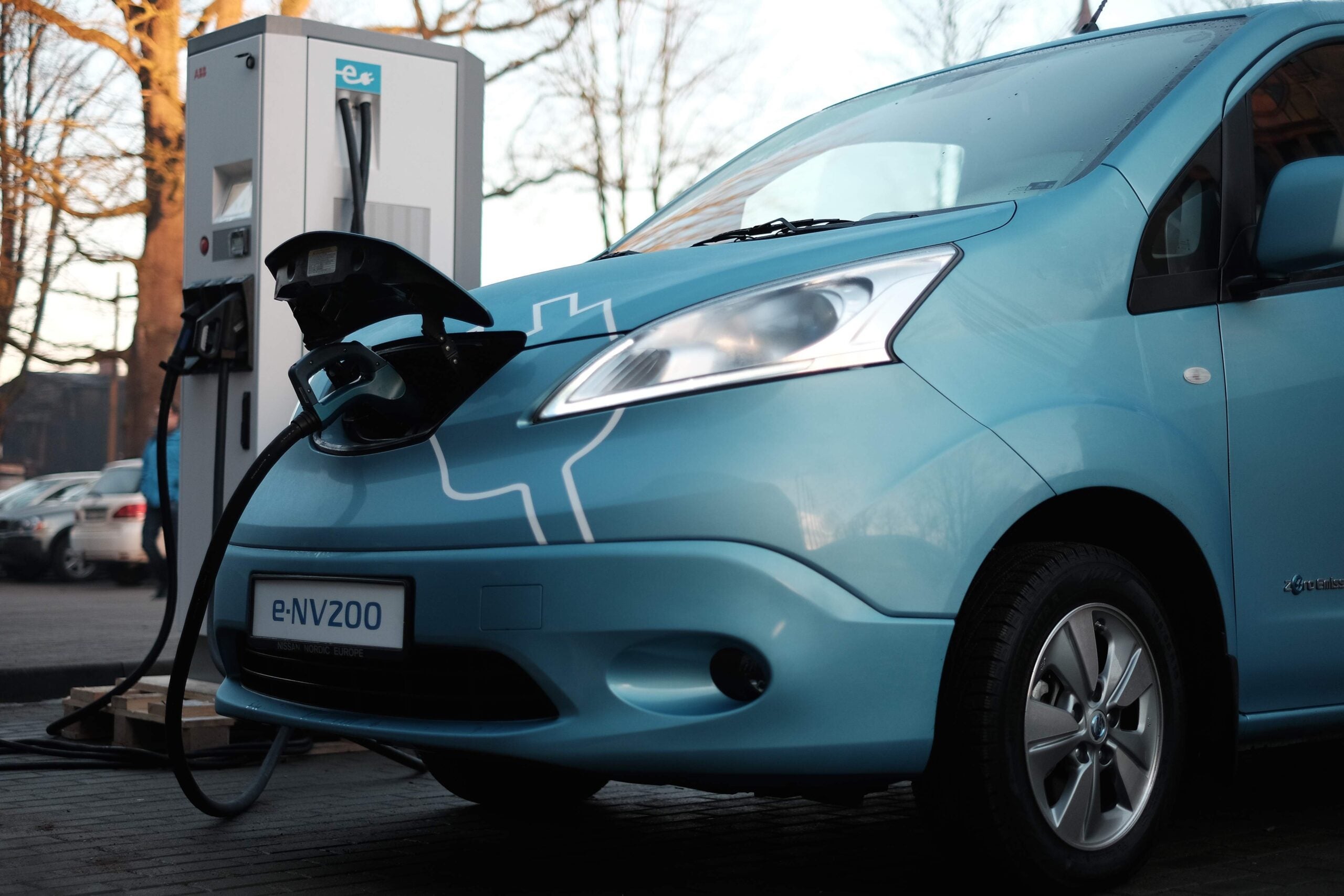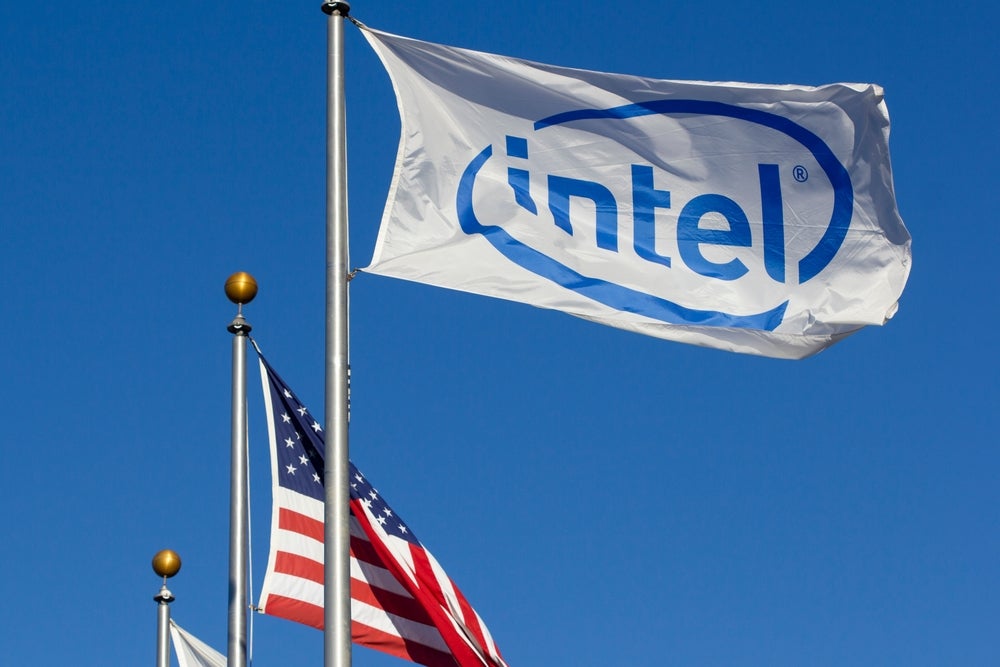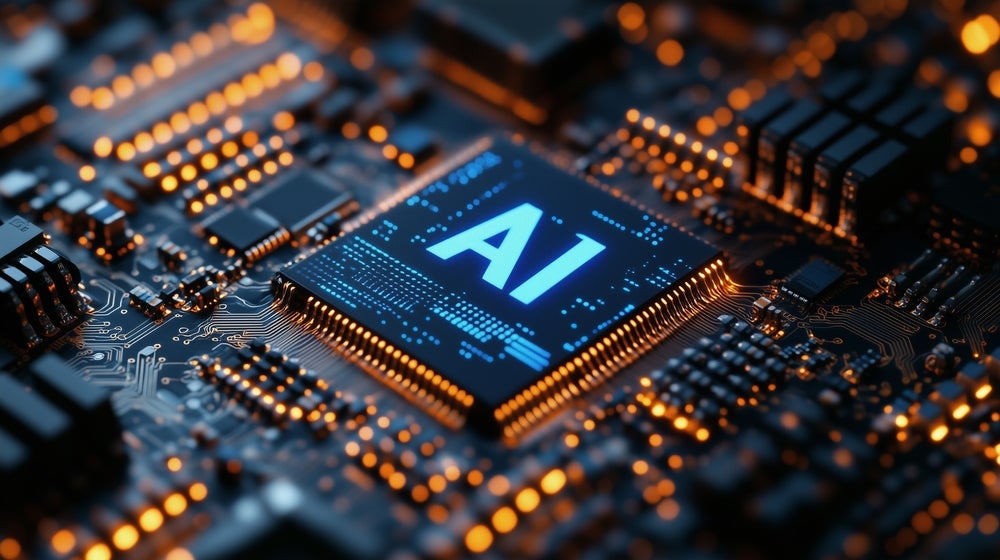
With numbers expected to reach 17 million by 2030, the presence of electric vehicles on UK roads is here to stay.
The UK Government intends to stop all sales of petrol and diesel cars by 2040, meaning electric vehicles (EVs) will undoubtedly contribute to a decarbonised transport system. However, some news reports have fueled concerns over how national and local electricity grids will cope with the additional energy needs of EVs.
Claims that the UK national grid is in danger of crashing under increased strain, or that drivers will be forced to choose between charging their car or boiling the kettle to avoid a power outage have cast doubts over the practicalities of abandoning fossil fuel-powered vehicles in favour of EVs.
These fears are not totally unfounded. Currently, the UK uses 45 billion litres of liquid fuel, such as petrol of diesel, per year. In order to power a rising number of EVs, this needs to be put into the electricity system. With the 25 million electric vehicles predicted to be on UK roads by 2050 requiring 35 terawatt hours of extra electricity per year, it is clear that extra energy is needed to meet this increase in demand.
However, a number of new initiatives could offer a solution. Speaking at TechXLR8, part of London Tech Week 2018, director of electric vehicles at OVO energy, Tom Pakenham, shared that he believes new technology is key to transforming the UK electricity grid into one that is compatible with the future of electric automation:
“At our current generating capacity it would crash the grid. However that is not how we are going to run the grid in the future. How we’re going to run the grid in the future is that we’re going to spread out the load. We’re going to have to implement technological solutions across a variety of software and hardware on across a variety of different levels to make sure that we don’t turn everything on at the same time.”
How well do you really know your competitors?
Access the most comprehensive Company Profiles on the market, powered by GlobalData. Save hours of research. Gain competitive edge.

Thank you!
Your download email will arrive shortly
Not ready to buy yet? Download a free sample
We are confident about the unique quality of our Company Profiles. However, we want you to make the most beneficial decision for your business, so we offer a free sample that you can download by submitting the below form
By GlobalDataEVs and smart charging
On average, the UK grid currently runs a power consumption of about 30 gigawatts (gw). At peak times it runs a lot higher, reaching a peak of 61gw in 2016. This means that the added electricity requirements of EVs, especially at times when a lot of vehicles are being charged simultaneously, could put considerable strain on the electricity grid, particularly local substations.
Currently, the UK electricity grid works on a simple supply and demand basis, with batteries continuing to charge at the same rate as long as they are plugged in.
However, the grid of the future could operate more flexibly. Smart chargers adapt charging rates to fit shifting demands on the grid, adjusting energy flow to cope when demand is high.
For example, if an EV is plugged in for several hours overnight, a smart charger would charge when electricity consumption is at its lowest, distributing the available power flexibly instead of charging at a constant rate.
Pakenham believes that smart charging will mean that numerous cars can be charged on the same street without the risk of a power outage:
“If you smart change that electric car you can balance peak demand, you can slow changing speeds down, and make sure you don’t draw too much.
“Almost all of the data says for the vast majority of cars left plugged in for more than 12 hours overnight there’s plenty of flexibility to play with. This is not a problem. The technology needs to be developed, the control systems need to be developed, and the economic models need to be developed, but the technological challenge is trivial.”
This could be particularly useful in the context of renewable energy, when energy supply is not constant and may encounter problems when faced with spikes of demand:
“Another problem is the deployment of renewables on the grid and their own intermittency. You can’t be sure that you can just turn them on and off; it’s not always sunny, it’s not always blowing a gale so it necessitates the development of storage technologies.”
Vehicle-to-grid
Although smart charging goes some way to manage supply and demand, vehicle-to-grid chargers, such as OVO’s V2G charger, which it claims is the world’s first bi-directional car charger, go one step further, allowing EVs themselves to ‘give back’ to the grid.
The battery capacity of EVs means that a large amount of electricity can be stored. Through vehicle-to-grid, spare electricity from plug-in EVs, as well as plug-in hybrids, can be returned to the grid to help with supply during peak times.
Pakenham explains that this energy storage potential means that EVs could become an integrated part of the grid:
“4.7 million EVs, one sixth of the current fleet of vehicles on the road today, could put out 25 gigs of power. So let’s say we needed 100 gigs of instantaneous power from the future energy system; getting there with vehicle-to-grid from electric vehicles is really not out of the realms of credibility.”
Furthermore, EVs could help solve renewable energy’s storage problem. The electricity storage offered by EVs could be used to store the excess energy generated by renewable sources such as wind and solar, which can then be used when light or wind levels are low. Pakenham explains:
“To energy companies, electric vehicles are just large batteries…A Tesla Powerwall which is the leading and largest home energy storage device has just over 13 kilowatt hours of storage capacity, the Nisan leaf has 40 kilowatt hours of energy storage.”
Not only is this beneficial to electricity suppliers, but EV owners could also profit from selling the extra electricity from their vehicles back to the grid. Pakenham goes as far as to say that the financial benefits of vehicle-to-grid could dramatically impact EV running costs for customers:
“Our vision is for vehicle-to-grid customers not to have to pay to drive their car once they’ve bought it. So free driving.”
Although there are obstacles to overcome before EVs become the norm, Pakenham believes that solutions are within grasp:
“All of these challenges are absolutely, evidently solvable. They are not easy necessarily, it will require certain things, but they’re not very difficult. So when people talk about how much of a challenge the growth of electric vehicles will be, don’t let them go on for too long.”







